A few black bears once roamed Stewart County, Tennessee, around the time American settlers were coming into the area. Local folklore says one of those early pioneering families settled near the Cumberland River before 1800. One night, a loud commotion outside woke the family with their dogs howling at something.
The man of the house went out with his gun to see what was going on. In a nearby spring, he saw a black bear – the source of all the dogs’ fuss – and killed it. Bears were infrequent and were becoming extinct in these parts, so the area became known as Bear Spring.
Not just the bears, but agitated Native Americans and disease created an extremely difficult environment for the earliest pioneers. One account says a nearby settlement was completely wiped out by a cholera pandemic. But as time entered the early 19th century, Bear Spring, Tennessee would prosper.
The area was rich in brown hematite ore and tens of thousands of acres of timber created economic opportunities for early entrepreneurs. The ore could be used to manufacture iron. Men from Nashville built the first iron furnace at Bear Spring in 1830.
Over the next century, the iron industry in Stewart County would rise and fall several times, which we’ve gone into a bit of detail here. Slave revolts, the Civil War, challenging labor conditions, and international competition were all challenges faced by the iron industry during that dark period of the United States.
One of the bigger milestones for Bear Spring was the creation of a 15-mile railroad spur from the L&N Railroad in Tennessee Ridge. The railroad, known as the Tennessee and Cumberland Railroad, provided an easy was to transfer goods from Bear Spring to the main railroad. It opened for business in 1898.
The first post office opened up in Bear Spring on March 23, 1893 and served the citizens for 55 years. Bear Spring at one point hosted a hotel, churches, grocers, and other businesses. Several hundred men worked in Bear Spring at its peak.
The main road heading from Dover to Clarksville went through Bear Spring. A ferry crossing the Cumberland River provided a crucial link for those traveling east-west. A newspaper article from 1926 talks about how important the road is with numerous seasonal shipments of tobacco coming from Paris and Murray to Clarksville. It also reported numerous people from around the region came to visit Fort Donelson.
A 141-foot-long iron bridge was built across South Cross Creek near the Cumberland River in 1902, about a mile from Bear Spring. This allowed easy access to Cumberland City and helped provide transportation for the Bear Spring Landing. Long abandoned, the bridge still stands today.
The railroad went out of business in the 1920s and the State of Tennessee built a new roadway on the old railroad bed. The road is now known as Highway 49, with a small part of Highway 147. Newspaper accounts from the mid-1920s praised the road, saying it accomplished more than the railroad ever did.
As the local iron industry went out for good in the late 1920s, Bear Spring began to dwindle. The creation of Lake Barkley in the early 1960s brought the Cross Creeks National Wildlife Refuge. The area is a great place to hunt and fish, but virtually no economic benefit came to Bear Spring.
Today all that’s left of Bear Spring is a handful of residences, a church, and the remains of the former Bear Spring Furnace. Home to several access points for the lake and refuge, it is a great place for the outdoorsmen who craves peace, quiet and isolation.
Location of Bear Spring, Tennessee
Bear Spring Postscripts
-
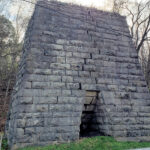 Bear Spring FurnaceDecember 7, 2021/
Bear Spring FurnaceDecember 7, 2021/ -
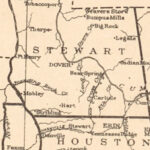 Tennessee & Cumberland River RailroadDecember 7, 2021/
Tennessee & Cumberland River RailroadDecember 7, 2021/
Contributions Wanted
If you would like to contribute old photos or information about Bear Spring, Tennessee, please get in touch with us.
Resources
- The Clarksville Leaf-Chronicle – September 8, 1928
- The Clarksville Leaf-Chronicle – History of Cumberland River Irons Work Recalled – February 13, 1954
- The Clarksville Leaf-Chronicle – September 21, 1939
- The Clarksville Leaf-Chronicle – September 4, 1926


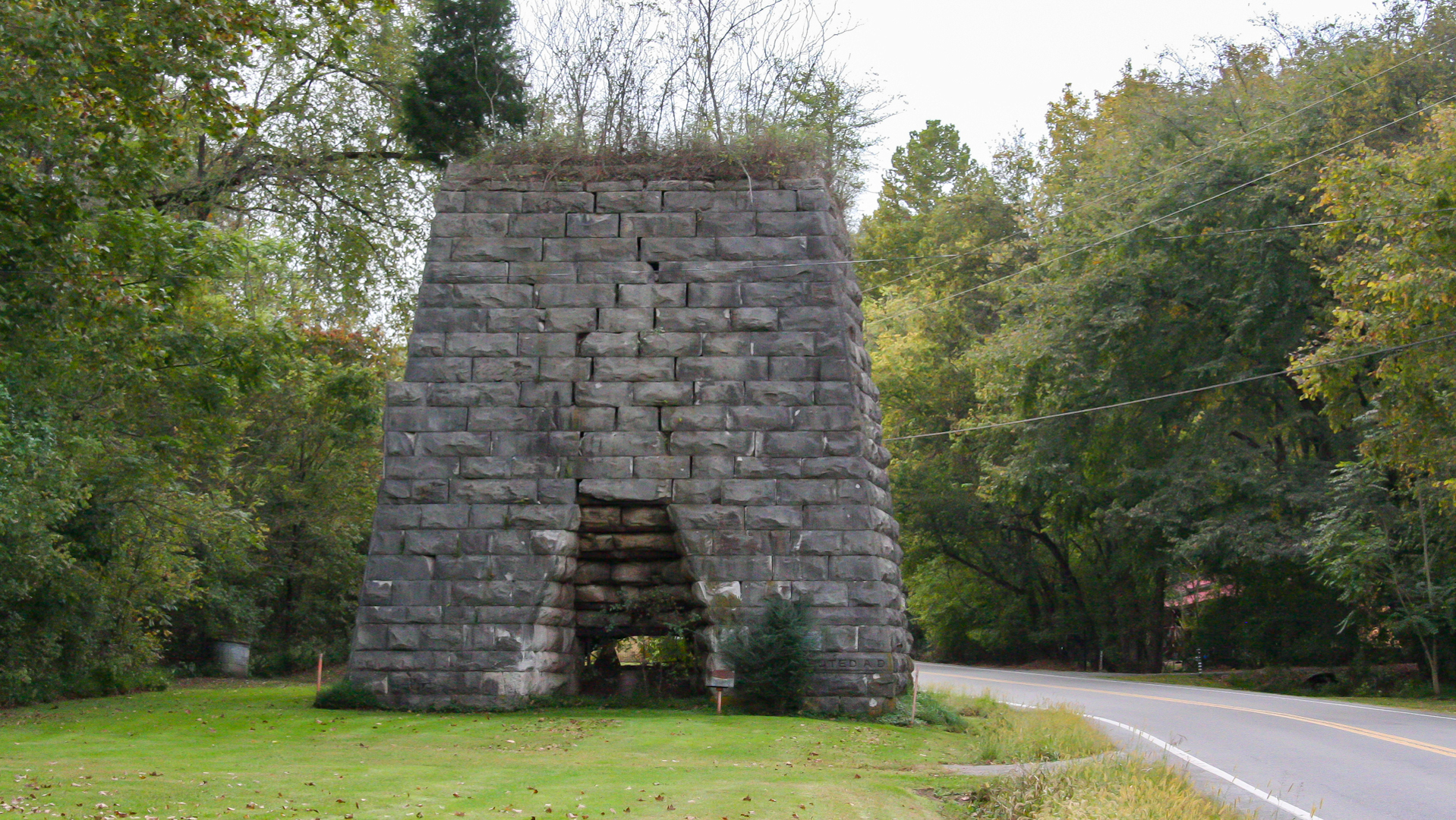
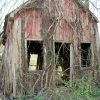
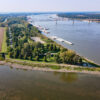
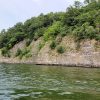
Pingback: Tennessee & Cumberland River Railroad - Four Rivers Explorer
Pingback: Abandoned Cross Creeks Refuge Bridge - Four Rivers Explorer